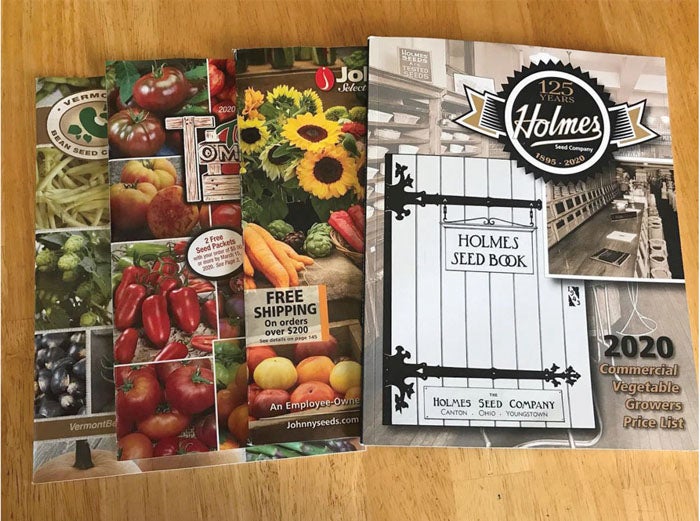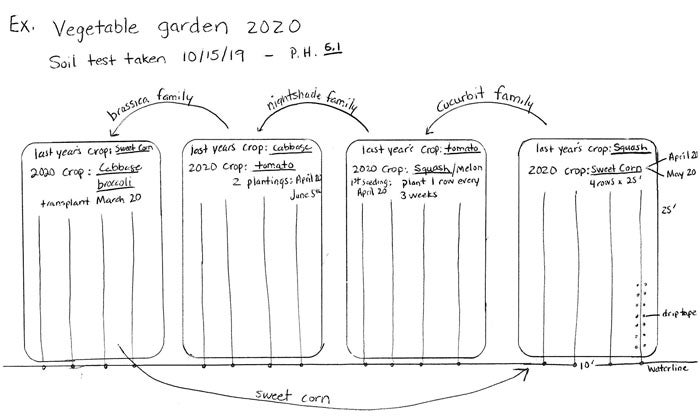Seed catalogs in mail boxes spark spring fever for gardeners
Published 12:00 am Friday, December 6, 2019
By Michael O. Fine
Rowan Cooperative Extension
I’m not sure if seed companies traditionally send their catalogs to subscribers the week after Thanksgiving, but this year our mailbox was swamped with various seed catalogs after the mail ran on Black Friday.
As I walked by the kitchen counter and noticed the stack of brightly colored seed catalogs, I quickly forgot the long, tedious hours spent in the vegetable garden during the 2019 growing season.
Immediately I felt a rush of premature spring fever and begin formulating plans for the 2020 growing season. Each year is an opportunity to expand our growing skills and correct the mistakes learned from the previous season.
Maybe it’s a new and improved variety of sweet corn and watermelon we saw a neighbor grow last season. Or maybe it’s a new irrigation technique we picked up at a demonstrational workshop. Whatever the reason, gardening is an evolving art that growers aspire to critique and perfect with each new season.
The dormancy of winter grants growers the time to reflect and plan for the growing season ahead. Here is a list of things worth thinking about before the rush of spring is upon us and schedules are busied with outdoor activities.
Gather soil samples before late winter to monitor soil pH. PH stands for potential hydrogen with the “p” meaning potential and the “H” standing for hydrogen. The pH scale is a scale that is used to rank the relative basicity or acidity of substances to other substances, based on the amount of hydrogen ion activity in a substance.
For the most part, vegetables grow best with soil PH ranging from 6.0-6.5, which is slightly acidic. Central Piedmont soils tend to run a little acidic, with a few exceptions.
To amend this, growers will add dolomite lime because not only does it contain calcium, but also magnesium. Lime can take a few months to chemically react with soil and change pH levels, so incorporate lime enough for reaction to occur before your first planting date.
Map out last year’s garden plots, and follow with vegetables of a different family. Crop rotation is a gardener’s number one defense in the fight against pest infestations and soil-borne diseases. Bacterial pathogens, fungal residues and insect larvae from the previous crop can overwinter in the soil profile of garden beds and will re-emerge or awaken from dormancy when favorable conditions return with warm weather.
Many garden pests are crop specific and by simply not providing their preferred food source (last year’s crop, which encouraged their parent insects to lay the eggs in that location), gardeners can starve out the immature insects before they repopulate and cause damage to vegetable plants.
Not all garden plots are suitable for separating vegetable family groups, but if possible, allow up to three years before returning to the same plot with a vegetable plant in the same family.
Organize and sharpen gardening tools, winterize water lines and plant cover crops. Organization is key. It is also where most outdoor gardeners lose out on time and add frustration to their workflow. Take advantage of the winter break to critique your gardening operation and target areas where you fumbled through junk to get to the right tool.
Organization can also reduce anxiety. Address the tools that need new handles and have dull blades (dull blades require more strain on the body to cut through the dirt). Also, winterize your waterlines by disconnecting hoses from the water source and opening all valves. Water expands when it freezes, and the force of water expansion can burst through metal faucets and nozzles.
As a peach grower once told me, “Remember the 5 P’s: Proper Planning Produces Positive Production.”





